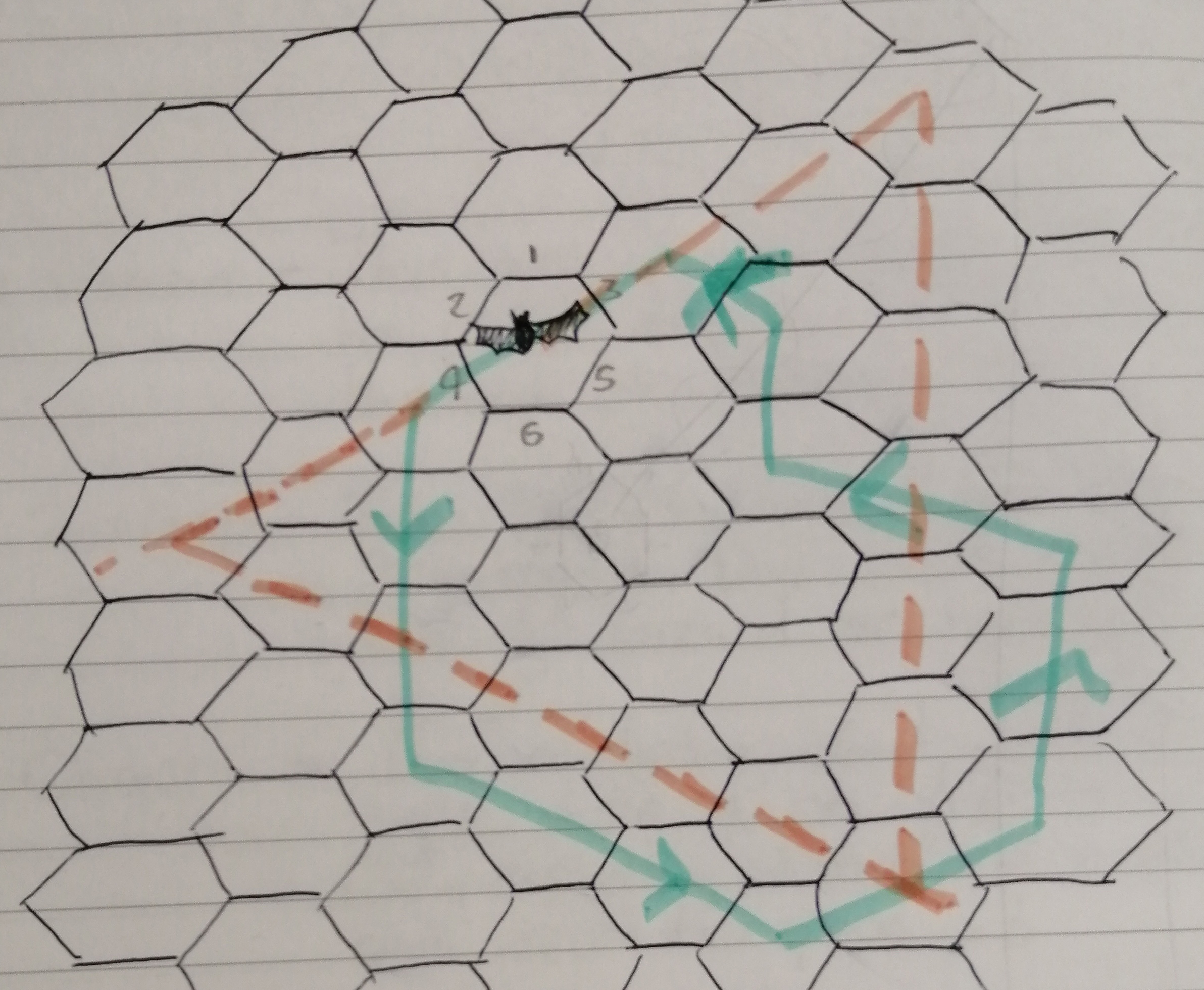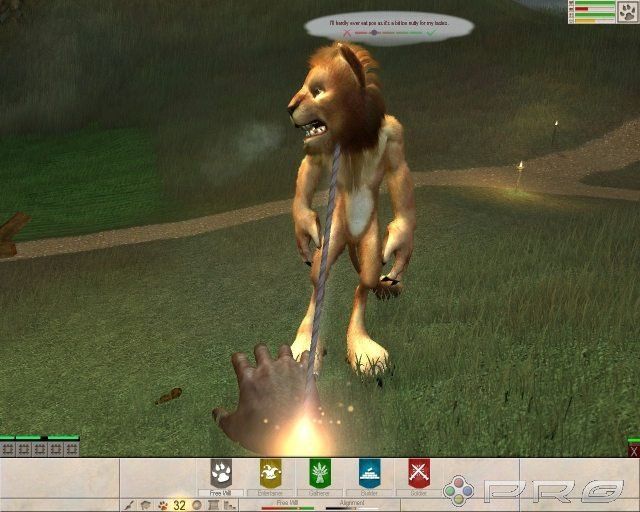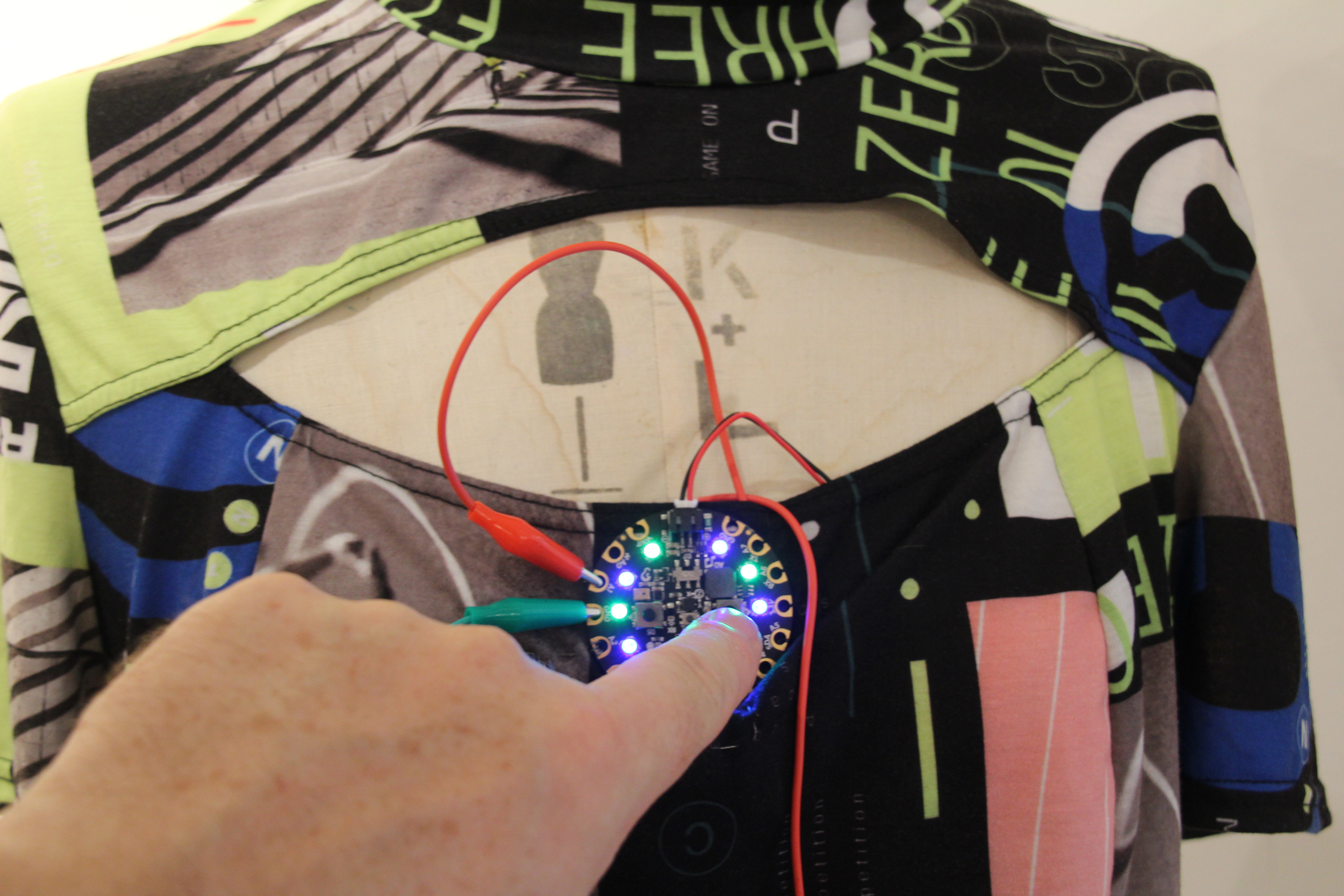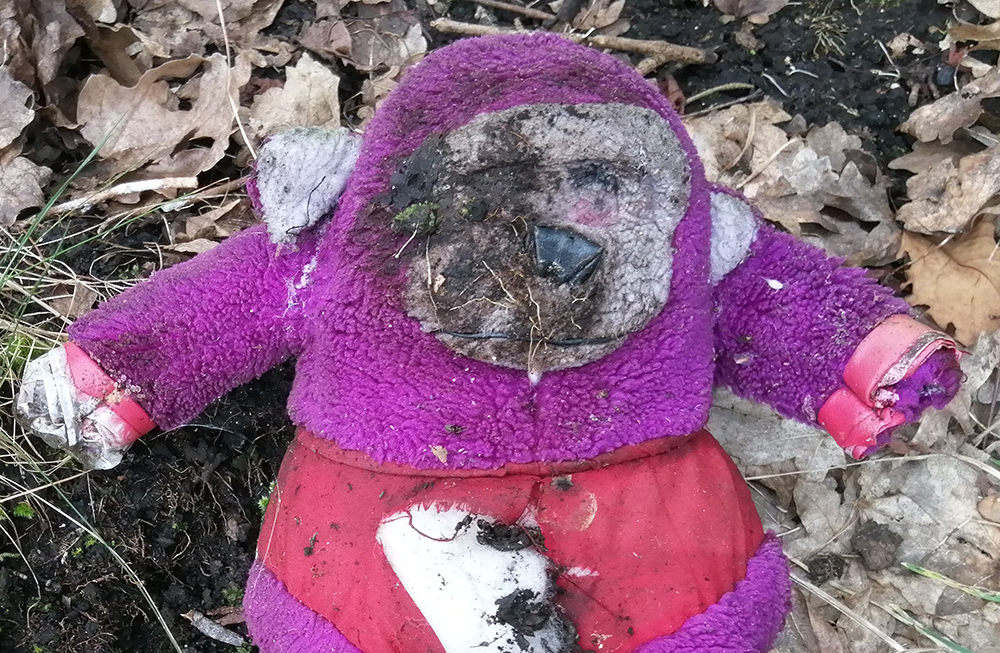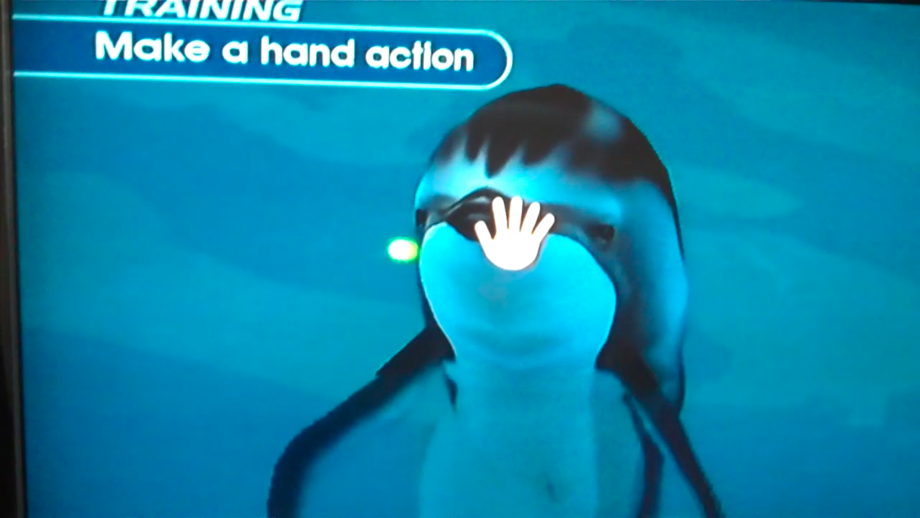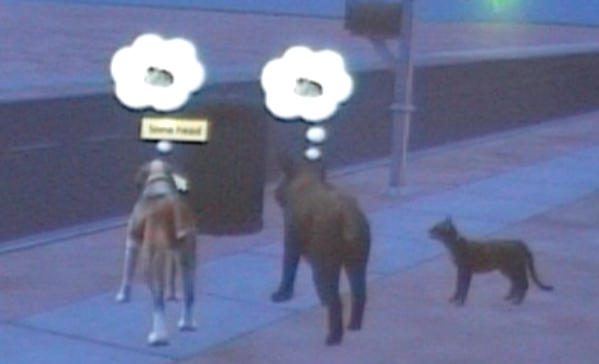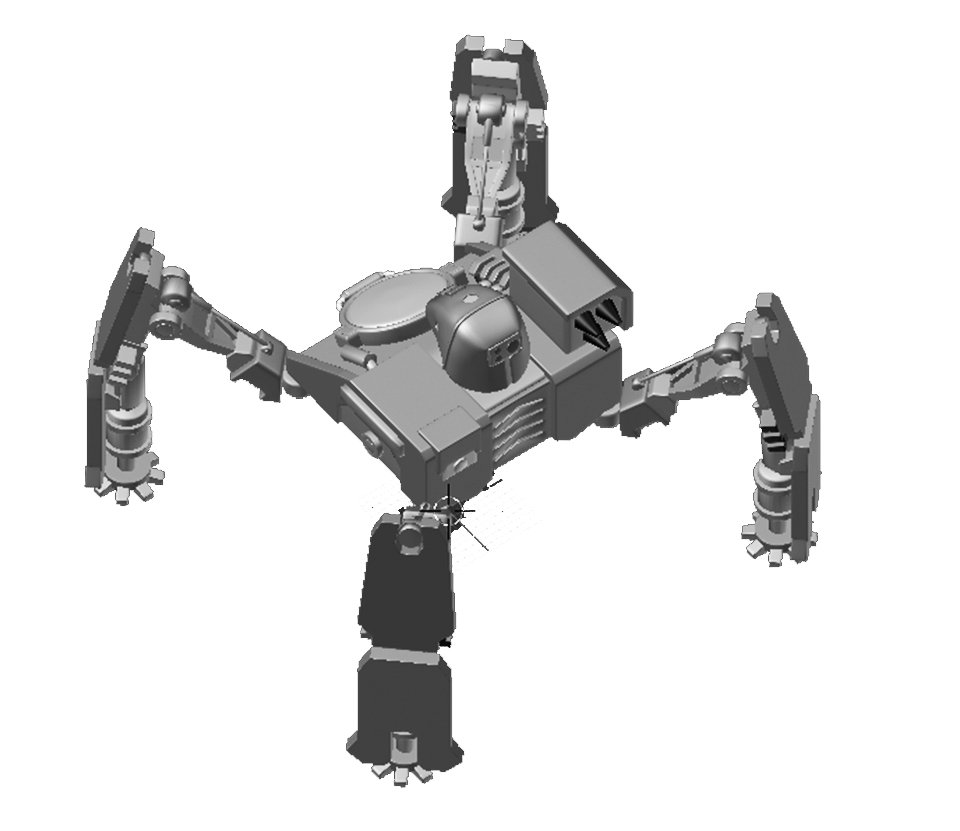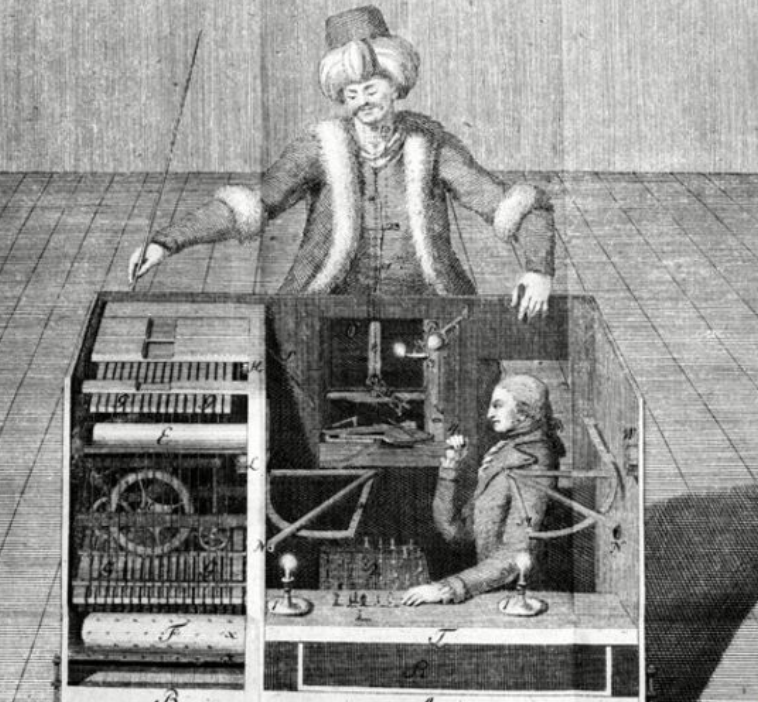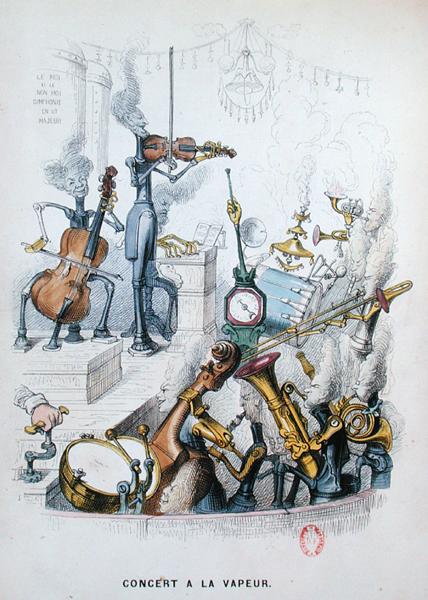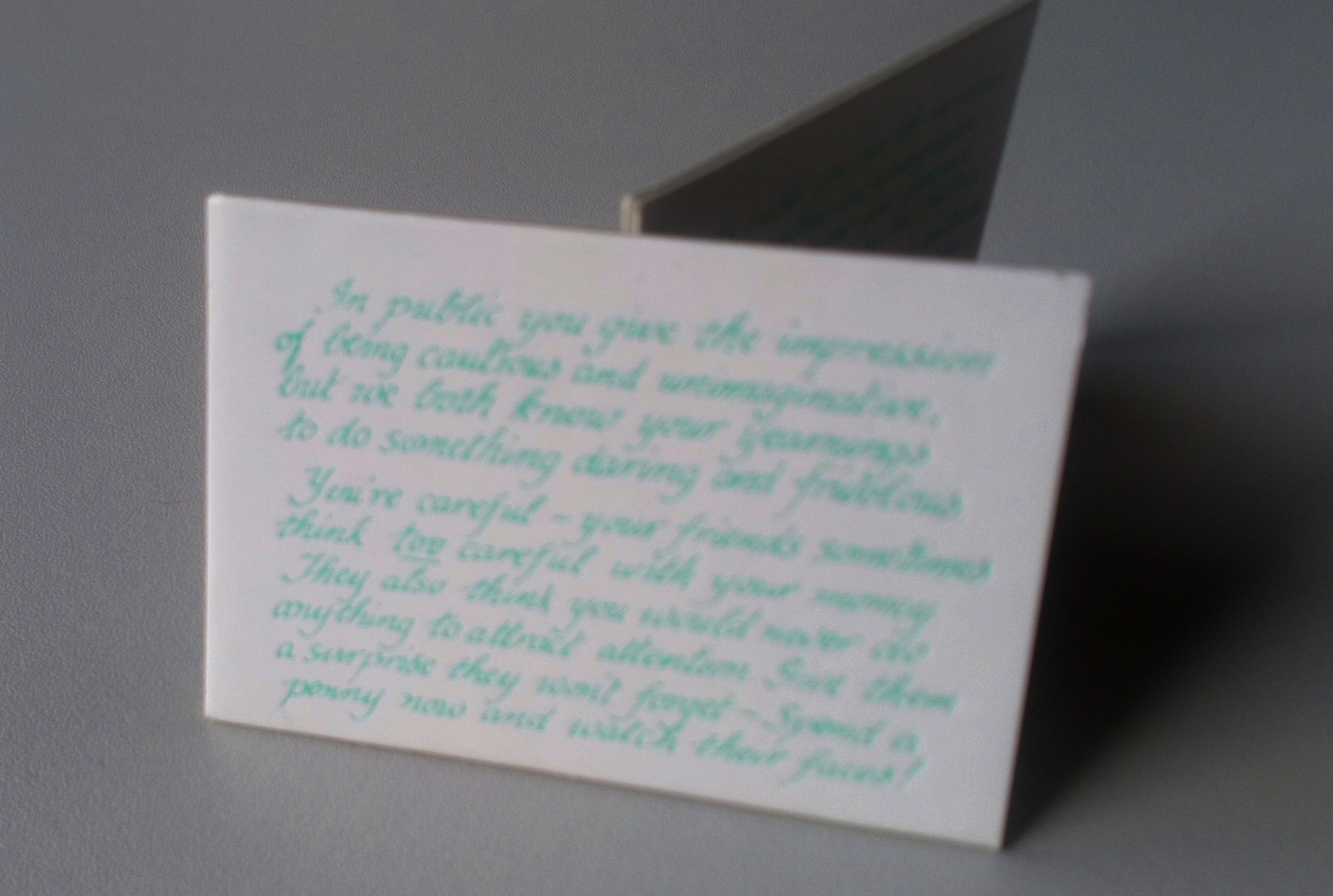Animal AI and A-Life ideas by level 1 Games Design & Art students: non-digital modelling of social behaviour, ecosystems and resources, sensing, movement and…
Tag: ALife
artificial animals games intelligence
A lecture for year 1 BA Games Design & Art, Winchester School of Art, University of Southampton
Surviving the Singularity
Please go here: http://www.microethology.net/robot-zoo/
Toy Theory
My book, Toy Theory, will be published by MIT Press in 2023. Here’s a section of the proposal: Headline Rethinking culture, media, technology and the…
ethology of AI
What are the implications of taking the animality of AI and A-Life entities as real and not metaphorical or symbolic? This question in turn…
not not animals
Does it make any sense to consider virtual animals as animal in any serious way? Both the naturalistically-rendered wolves of Legend of Zelda: the…
game | death | worlds
I compiled this sometime in the mid-2000s, as a curated list for Furtherfield. Riffing on gameworlds and lifeworlds, it resonates nicely with my current…
AI and the future of play
Placeholder for a position statement on my current research and teaching on the genealogy and emergent dimensions of artificial intelligence in play and technoculture.
AI and games
Workshop with level 3 Games Design & Art students, October 2019 references: Giddings, Seth 2014 ‘Soft worlds and AI’ (extract from chapter 3 of)…
AI & the achievement of animals
A stork and a wild pig in Breath of the Wild are distinct species only in a decorative sense, as mise-en-scene of the open dynamic world….
robots for everyone
As I’m working on a cluster of ideas about robots, AI, automata and animals, here is an entry on Robot that I wrote for The International…
we both know your yearnings
I know who I am, but who are we? Distributed subjectivity in the postindustrial machinic phylum. The card is delivered to me from a…
